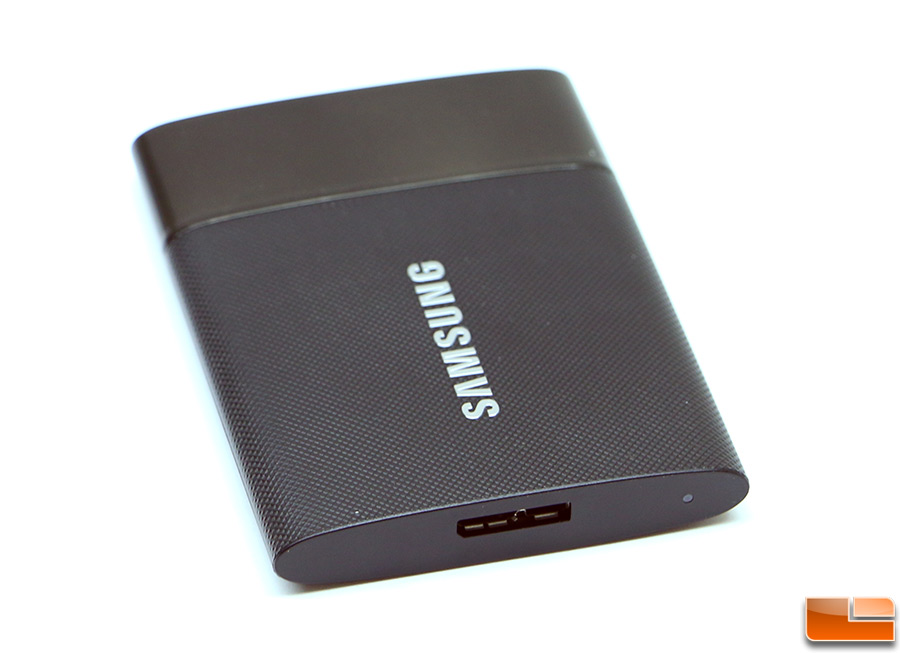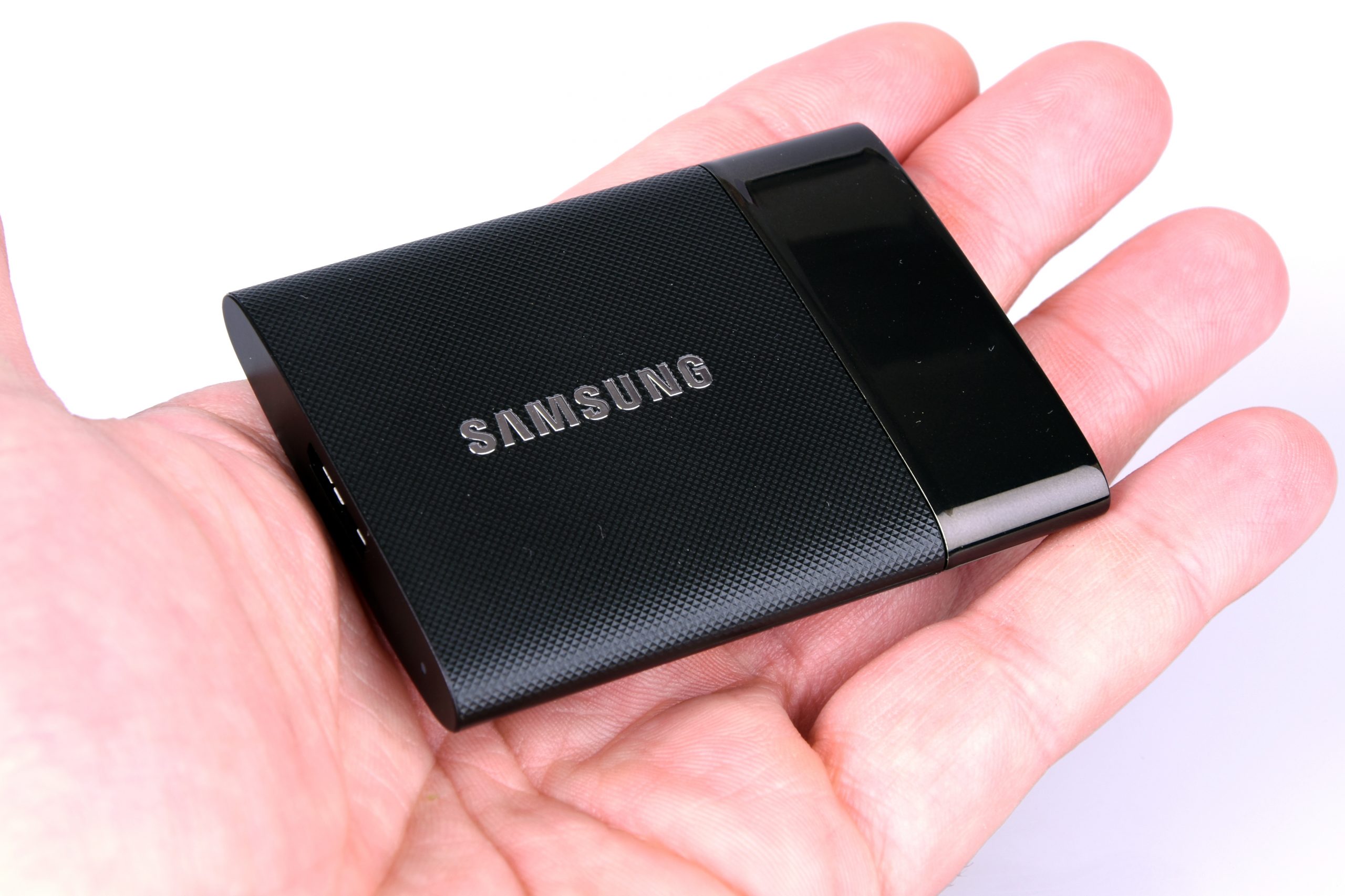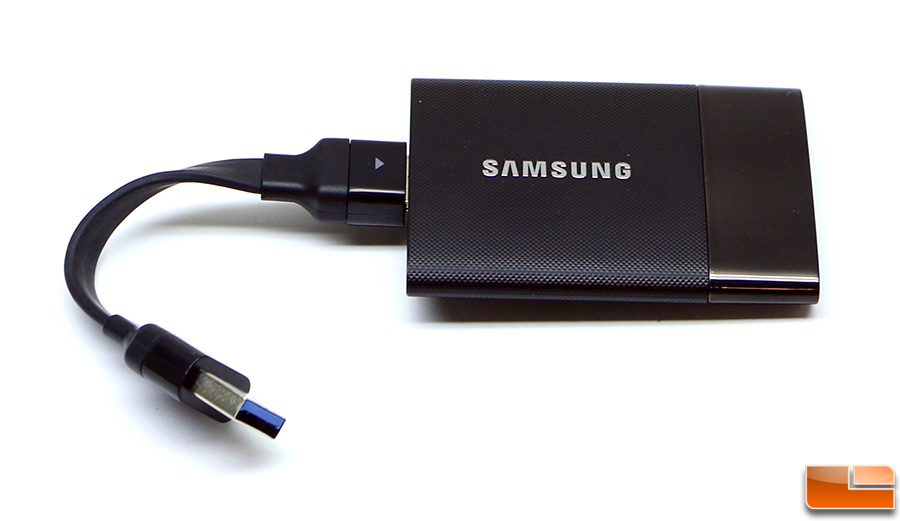
#Samsung portable ssd t1 pro
Considering Samsung backs the 850 Evo drive with a five-year warranty and the 850 Pro drive with a 10-year, the T1 looks short-changed.

My only minor concern is its three-year warranty. The drive is perfect for those needing to quickly back up data or even do some video editing on the go. In fact, it's how any portable drive should be. Super-fast, it raises the expectation of what a portable storage device is capable of.

Super-compact, the Samsung Portable SSD T1 redefines portability. So far, the T1 is still the fastest on the market among non-RAID portable drives. When it comes to storage devices, however, it's quite common for there to be a huge disparity between real-world performance and the number the vendor claims. Note that while super-fast, the drive wasn't as fast as Samsung claims, which is 450MBps. This is because the drive supports AES 256-bit, which is currently the strongest encryption standard.
#Samsung portable ssd t1 password
If you choose to password protect the drive, keep in mind that there's no way to access the data on the drive if you forget the password. You can always use the Samsung Portable SSD application later to change the password option. The whole process took me just a few seconds.
#Samsung portable ssd t1 software
Depending on the system you're using, be it a Windows or a Mac, the software will then reformat the drive into a new full-capacity partition that uses an applicable file system - NTFS or HFS+, respectively. Once run, this application walks you through a few steps to set up the drive, including naming it and, optionally, picking a password to protect its content. Out of the box, the T1 appears to the host computer as a small FAT32 partition that contains the Samsung Portable SSD setup software. This means it's likely that the T1's write performance will not be as good as its read performance. Since this feature is only applicable for internal drives and the T1 works externally, RAPID is not implemented. Most noticeable is the omission of the RAPID mode, which uses the available system memory (RAM) on the host computer as an input/output cache to boost the drive's performance. The T1 doesn't have all of the 850 Evo's features, however. The end result is much faster performance from the user's perspective. During write operations, data is first written to this zone at high speeds, then, during idle periods, it's moved from the buffer to the primary storage region. The T1 also supports Samsung's TurboWrite technology, which enables the drive to operate a portion of its flash memory in a simulated high-performance mode of single-layer-cell flash memory, as a buffer zone. This greatly increases the density and means, among other things, more storage space for less cost. The T1's internal storage's flash memory cells are stacked in up to 32 layers, which allows for significantly more cells in the same number of wafer bits.

Traditionally, 2D-planar type NAND flash memory cells - the storage units on an SSD - lie flat on the surface of the silicon wafer. Despite its size, the T1 has the main features of the 850 Evo, which include the use of 3D-vertical NAND flash memory.


 0 kommentar(er)
0 kommentar(er)
